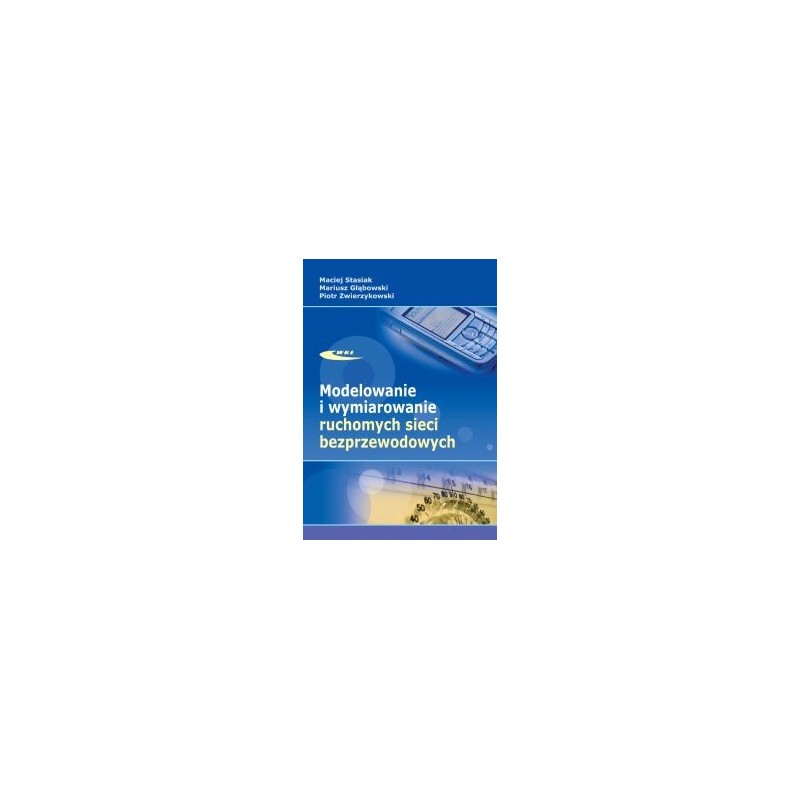- Out-of-Stock



No product available!
No product available!
No product available!
Jarosław Doliński
https://kamami.pl/ksiazki-avr/197200-mikrokontrolery-avr-niezbednik-programisty-e-book.html
No product available!
No product available!
No product available!
No product available!
No product available!
No product available!
No product available!
2-pin ARK mounting strip, 5.0 mm pitch. 300R-5.0-02P-12-00A(H)
No product available!
Jerzy Krajewski
No product available!
No product available!
No product available!
No product available!
No product available!

